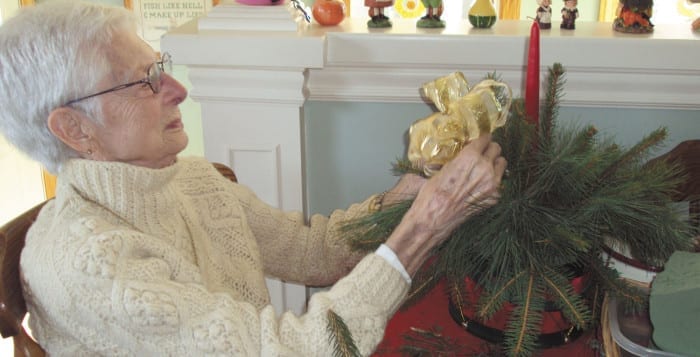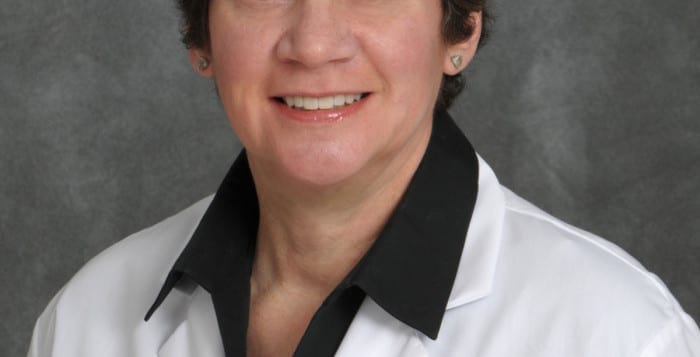Americans are very health conscious. Awareness of diet and nutrition is an important step. But does this awareness result in better health? This is the question we will attempt to answer.
We tend to focus on macronutrients commonly known as “the big three,” fat, protein and carbohydrates. You would think there could only be a finite number of diets and nutrition plans. In fact, it may be more complex than we think.
Let’s look at some recent developments and see how they impact our health.
Carbohydrates: Where are we with sugar?
Sugar is a major component of our diet, especially added sugar. Added sugar involves refined and unrefined types. The obvious ones are white and brown sugar, high fructose corn syrup, cane sugar and raw sugar. Less obvious ones are honey, agave and maple syrup. Then there is extracted sugar, which includes fruit juice and juice concentrate.
The good news is that per capita soda consumption has decreased by roughly one-quarter over the last 15 years, from 40 to 30 gallons per year. The best part is that water seems to be the substitute (1). Orange juice consumption has decreased even more by a whopping 45 percent over a similar time frame (2). Sales of sugary cereals have also seen a significant drop, according to the NPD group, a consumer research organization (3).
These are all encouraging sugar
consumption statistics, but what do they really mean?
According to a recent study, when
researchers reduced the amount of sugar consumed by obese children for 10 days, they saw dramatic, positive effects (4). There were decreases in both cholesterol and blood pressure readings, with the most substantial drops in triglyceride and blood sugar levels.
The study design was clever.
Researchers replaced substantial amounts of added sugar in their diet with other carbohydrates, so that no more than 10 percent of their diet was from added sugar. Calorie intake remained roughly the same. As a result, the children did not lose much weight, therefore reducing the influence of weight on the results.
There were 43 children who were 9 to 18 years old involved in this study, with a mean at the beginning of the study of 27 percent added sugar in their diets. These children were at high risk for diabetes and were considered initially to have metabolic syndrome, a compilation of increased waist circumference from visceral (belly) fat and borderline blood sugar, cholesterol and blood pressure levels. These are encouraging results, though this was a very short study. It is amazing what dietary changes can do in a very short time period.
Committee recommendations
Interestingly, the Dietary Guidelines Advisory Committee (DGAC), which influences USDA recommendations, suggested that Americans garner no more than 10 percent of our diet from added sugars. This would equal roughly 12 teaspoons of added sugar a day, as opposed to our current 22-30 teaspoons daily (5). Whole fruit does not count as an added sugar. Note that this was the same standard used in the study above with adolescents and teenagers. They also recommended cutting down on saturated fats and salt. We should be eating more fruit, vegetables, fish, nuts and whole grains.
With the influence from research findings of the DGAC, the FDA has proposed a similar recommendation of no more than 10 percent of the diet from added sugars (6). It also wants to update nutrition labels to differentiate between added sugars and naturally occurring sugars.
The American Heart Association and the World Health Organization recommend even stricter guidelines of less than half of the DGAC’s.
The more obvious foods with added sugar are sweets, while the less obvious are whole grain breads, low-fat yogurts, granola, salad dressings and sauces including pasta sauces and condiments.
Fats: Does it matter which type?
Saturated fat has been hotly debated as to whether it is harmful or neutral. In a recent meta-analysis involving two large observation studies, the Nurses’ Health Study and the Professional Follow-up Study, results show that by consuming 5 percent less calories from saturated fat and replacing them with unsaturated fats, there was a significant reduction in heart disease risk (7). If polyunsaturated fatty acids (PUFA) were used, there was a 25 percent reduction; if monounsaturated fatty acids (MUFA) were used, there was a 15 percent reduction. And if whole grains were used, there was a 9 percent reduction. Refined grains had no different effect than saturated fats. In fact, those who consumed the most refined grains, when compared to those who consumed the least, had a 10 percent increase in heart disease. There were 127,000 participants in this analysis who were not at high risk for heart disease at the study’s start. There was good duration of between 24 and 30 years.
Does the same benefit hold true for a low-fat diet?
In a meta-analysis involving 53 randomized controlled trials, including weight loss, weight maintenance and non-weight loss trials, results showed that low-fat diets do not help patients lose weight more than low-carbohydrate diets nor moderate- to high-fat diets (8). However, there are several weaknesses with this meta-analysis. For one, there was great variability among the trials, making it difficult to compare and combine results. The definition of low-fat was very broad. Also, most people have difficulty maintaining a low-fat diet, especially one with less than 20 percent of daily intake from fats.
I don’t think you can reduce one macronutrient in isolation and expect to see results for the population at large for the long term. This doesn’t mean that a low-fat diet may not work for you. But, of course, more studies and better studies with longer duration are needed.
Where are we with red meat?
The International Agency for
Research on Cancer (IARC), the cancer agency of the World Health Organization, has classified processed meats such as bacon, cold cuts and sausage as carcinogenic and red meat as possibly carcinogenic as it relates to colorectal cancer (9). The overall sentiment was to reduce the amount of consumption of processed and red meats. The research was based on mainly large observational studies of 20 years’ duration or longer.
Overall food study index
Finally, the really good news. By using the Alternate Healthy Eating Index 2010, researchers are able to evaluate how we are doing with our diets. We have reduced premature deaths from chronic disease, such as heart disease, diabetes and cancer, by approximately 1.1 million over roughly the last 15 years (10).
The reason, the researchers hypothesize, is mainly the removal of trans-fats, sugary beverages and red meat from our diets and the addition of fruits, vegetables, polyunsaturated fatty acids and whole grains. Our diet index has improved from 39.9 to 48.2. However, the top score is 110. There still is a long way to go to reach ideal levels.
Consequences
Though we have improved our diets, according to the index study, it is not enough. There is still a rise in the rate of obesity but for the first time diabetes rates have declined. For most of us, we need a dietary overhaul, not just to reduce one component or add another. Remember, not all calories are created equal, nor are all bodies created equal. So let’s stop trying to find one diet for every body.
References:
(1) cspinet.org. (2) https://store.mintel.com. (3) NPD.com. (4) Obesity (Silver Spring). Online Oct. 26, 2015. (5) health.gov. (6) FDA.gov. (7) J Am Coll Cardiol 2015; 66:1538-1548. (8) Lancet Diabetes Endocrinol. 2015;3(12):968-79. (9) Lancet Oncol.online Oct. 23, 2015. (10) Health Aff (Millwood). 2015;34(11):1916-1922.
Dr. Dunaief is a speaker, author and local lifestyle medicine physician focusing on the integration of medicine, nutrition, fitness and stress management. For further information, go to the website www.medicalcompassmd.com or consult your personal physician.












